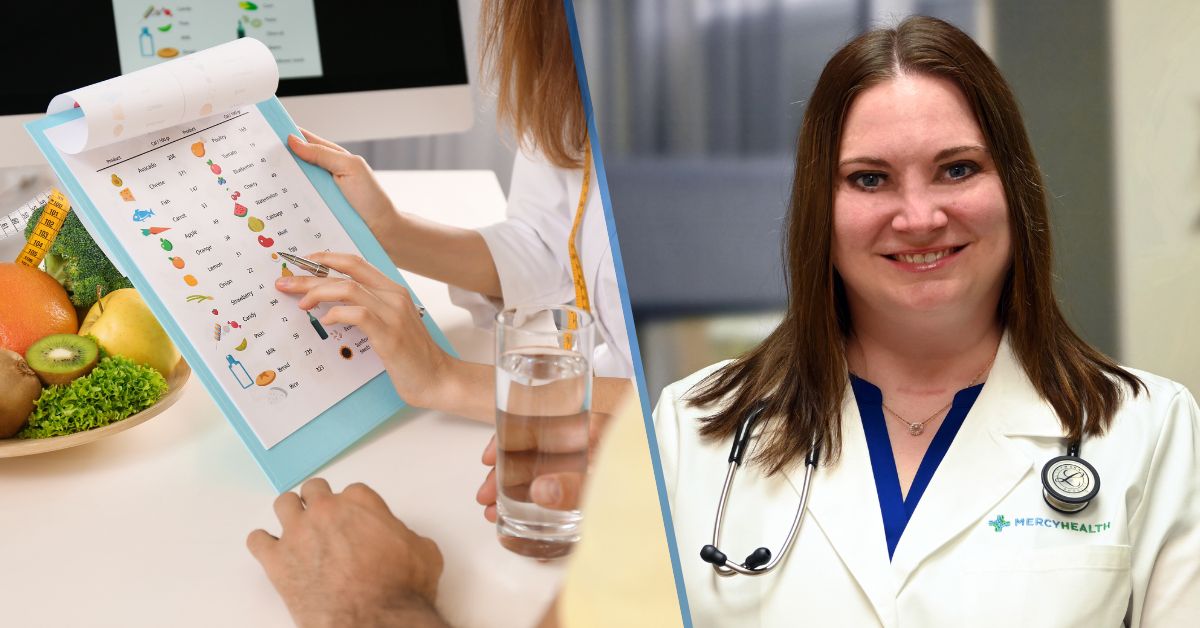Learning how to prevent a stroke is very important. This is because strokes are the third-leading cause of death in the United States. Long-term disability is also another potential outcome with strokes.
Stroke risk factors increase with age, but they can still affect anyone at any time. However, 80 percent of all strokes can be prevented, according to the National Stroke Association.
What is a stroke?
Strokes occur when there’s not enough blood getting to the brain due to blood clots. The large blood vessels that lead to your brain can get blocked, cutting off blood supply to the brain. This type of stroke is called an ischemic stroke.
In other instances of strokes though, blood vessels around your brain tissue can burst in what is called a hemorrhagic stroke. Additionally, a mini-stroke, or transient ischemic attack (TIA), is a stroke that lasts 30 minutes or less.
It is important to remember that all types of strokes need immediate medical treatment. If you or a loved one are experiencing sudden numbness or weakness in the face, arm or leg, call 911 right away.
Here are steps you can take in your daily life to help you prevent a stroke.
Eat right
A healthy diet is one that is low in saturated fats, trans fats and sodium (salt). Adjusting your diet so it includes a balance of vegetables, fruits and lean proteins is important. Also, make sure your diet has fiber-rich foods, such as beans and whole grain breads.
These changes can help reduce your cholesterol levels and avoid high blood pressure or hypertension, both of which will help lower your risk of a stroke. They will also decrease your risk for obesity and help you maintain a healthy weight.
Get moving
You know what else can help you lower your cholesterol and blood pressure levels? Physical activity. And this doesn’t have to be some high-intensity workout class. Even a fast-paced 30-minute walk each day can help you prevent a stroke.
Throw out the cigarettes
Did you know that smoking can double your risk of having a stroke? And while quitting isn’t easy, your doctor may recommend resources to help you start this process.
Take steps to limit your alcohol intake
You put yourself at significantly higher risk for stroke by drinking more than two alcoholic drinks per day. So, if you choose to drink, do so in moderation.
Keep tabs on your cholesterol levels
Checking your cholesterol levels is a simple blood test that can reveal a lot about your risks for stroke and heart disease. It is a test that should be performed by your primary care provider at least once every five years.
And if you do end up having high cholesterol, don’t worry. There are lifestyle changes you can make, and even medications you can take, that help lower your levels and reduce your risk of stroke.
Manage high blood pressure
It can be hard to diagnose high blood pressure without having regular checkups. This is because this condition sometimes has no symptoms.
Talk with your primary care provider about how often you should check your blood pressure. Outside of your provider’s office, you can also check it with a blood pressure monitor or at your local pharmacy. And if you do have high blood pressure, your provider can come up with a management plan with you.
Key an eye out for heart disease
Atrial fibrillation (Afib), which is when you suffer from an irregular heartbeat, as well as other heart conditions, like coronary artery disease, can increase your risk of stroke. Your primary care provider may suggest medications or other treatments to manage your heart health because with proper care, you can help prevent a stroke.
Take care of your diabetes
If you have diabetes, you need to make sure you are checking your blood sugar level regularly. Your primary care provider may recommend certain lifestyle changes, such as getting more exercise or choosing healthier foods. These actions will help keep your blood sugar under control and help you lower your risk for stroke.
When it comes to how to prevent a stroke, the best step you can take is to work with your primary care provider. By making healthy changes you are taking steps to help prevent a stroke and lead to an overall healthier you!
Learn more about the stroke care services we offer at Mercy Health.






